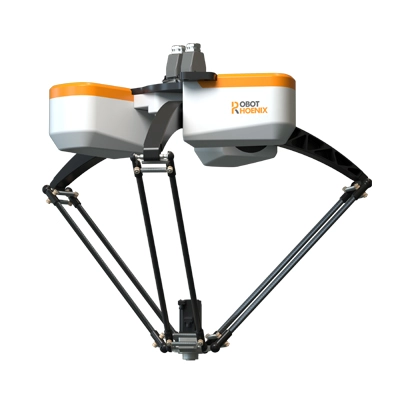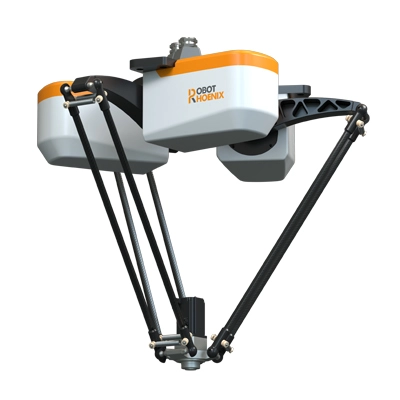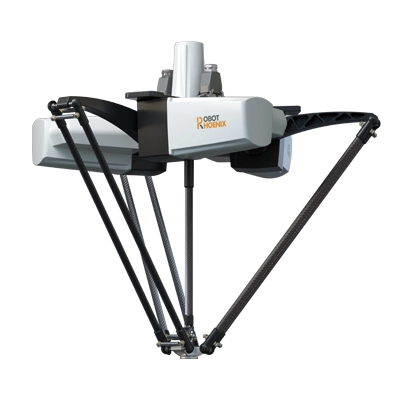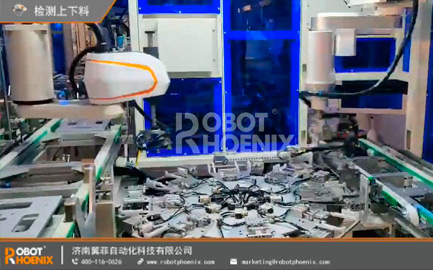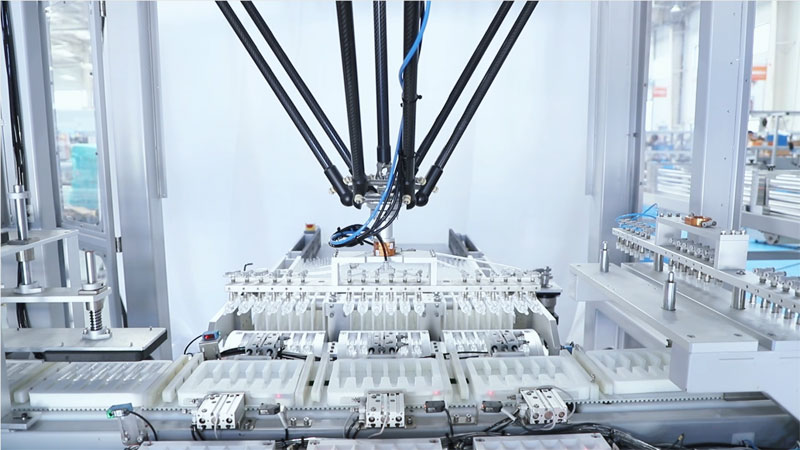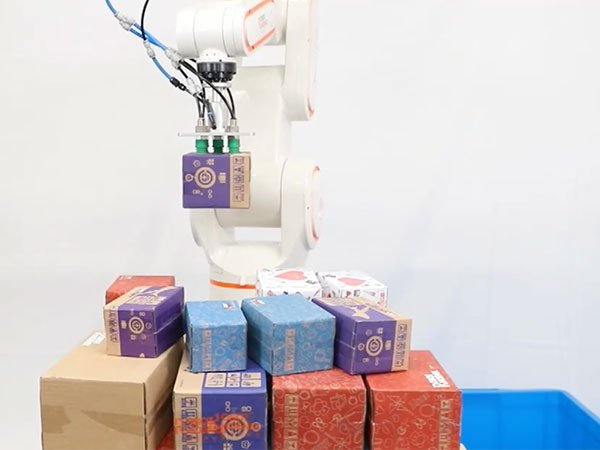In the fast-paced world of food processing and packaging, automation has emerged as a game-changer, revolutionizing the way food products are handled, packed, and distributed. The food packaging robotics market has witnessed remarkable growth in recent years, driven by the need for increased efficiency, improved hygiene, and higher product quality. In this blog, we will explore the significant impact of robotics on the food packaging industry, examining the key drivers, trends, and benefits that have propelled this market to new heights.
The Rise of Food Packaging Robotics
Traditional methods of food packaging often involve manual labor, making them time-consuming, labor-intensive, and prone to human errors. The introduction of robotics in food industry has transformed this landscape, enabling faster, more precise, and hygienic packaging processes. Food packaging robots are designed to handle various packaging tasks, including sorting, picking, filling, sealing, and palletizing, ensuring consistent results and reducing operational costs.
Key Drivers of the Food Packaging Robotics Market
Demand for Efficiency and Productivity: The ever-growing global population, coupled with rising consumer expectations for quick and reliable food supply, has led food manufacturers to seek more efficient and automated packaging solutions. Food manufacturing robots can perform repetitive tasks at high speeds without compromising on accuracy, enhancing productivity and meeting the increasing demand for packaged food products.
Focus on Food Safety and Hygiene: The food industry is governed by stringent safety and hygiene standards. Food packaging robots are built with materials that comply with food-grade requirements and offer cleanroom capabilities, minimizing the risk of contamination. These robots reduce human intervention in the packaging process, mitigating the chances of cross-contamination and enhancing food safety.
Labor Shortages and Cost Savings: Many countries are facing labor shortages in the food processing and packaging sector. Deploying robots in packaging tasks reduces reliance on human labor, addressing the workforce challenges and optimizing operational costs over the long term.
Customization and Flexibility: The food industry thrives on innovation and personalized packaging to cater to diverse consumer preferences. Food packing robots developed by professional packaging robot manufacturers can be easily programmed and reconfigured to handle different packaging formats, sizes, and materials, offering the necessary flexibility to adapt to market trends swiftly.
Trends Shaping the Food Packaging Robotics Market
Collaborative Robots (Cobots): Collaborative robots, or cobots, are gaining popularity in the food packaging industry. These industrial robots for sale are designed to work alongside human operators safely and efficiently, improving productivity and ergonomics in packaging lines.
Vision and Sensing Technologies: Advanced vision systems and sensing technologies enable robots to identify, locate, and handle food products with precision. These technologies enhance pick-and-place operations, reduce errors, and ensure accurate packaging.
Integration of Artificial Intelligence: Artificial Intelligence (AI) algorithms empower robots to make real-time decisions, optimize packaging processes, and adapt to changing conditions. AI-driven robotics offer improved efficiency and predictive maintenance capabilities.
Internet of Things (IoT) and Industry 4.0: Integration of robotics with IoT and Industry 4.0 technologies facilitates seamless communication between machines, enabling data-driven insights, remote monitoring, and predictive maintenance for food packaging operations.
Benefits of Food Packaging Robotics
Enhanced Food Quality and Safety: Robots in food production ensure consistent and precise packaging, reducing the risk of contamination and enhancing food safety. They also minimize product damage during handling, preserving the overall quality of food products.
Increased Production Output: Food packaging robots operate at high speeds and can work continuously without breaks, leading to increased production output and faster time-to-market.
Resource Optimization: Food processing robots reduces material wastage, minimizes energy consumption, and optimizes the use of packaging materials, contributing to more sustainable and eco-friendly practices.
Labor Efficiency: By automating repetitive and physically demanding tasks, food packaging robots free up human workers to focus on more complex and value-added aspects of the production process.
Consistency and Brand Image: Robots ensure consistent packaging quality, helping maintain brand image and customer satisfaction by delivering products with uniform appearance and quality.
The food packaging robotics market has ushered in a new era of efficiency, safety, and precision in food processing and distribution. As technology continues to evolve, robots equipped with AI, IoT, and collaborative features will further revolutionize the food packaging industry, offering increased flexibility, sustainability, and adaptability. Embracing automation in food packaging is not just a trend; it is a necessity to meet the evolving demands of the global food market while ensuring safe, reliable, and high-quality food products for consumers worldwide.
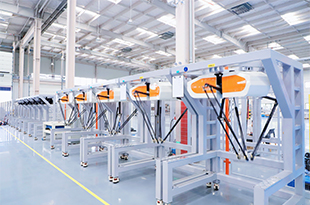 Learn More
Learn More 
 EN
EN  ja
ja  ko
ko  fr
fr  de
de  es
es  ru
ru  pt
pt  ar
ar  vi
vi  ur
ur 